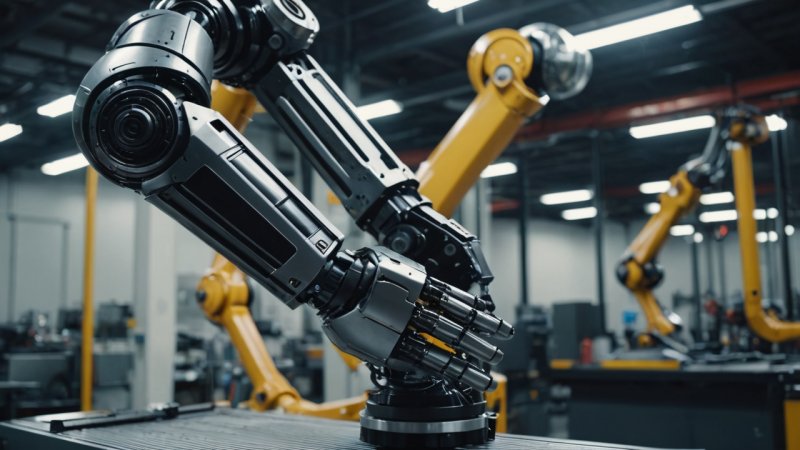Introduction
Robotics is an exciting and rapidly evolving field that combines engineering, computer science, and artificial intelligence to create machines capable of performing tasks autonomously or semi-autonomously. In this article, you will learn how engineering principles are transforming the field of robotics, leading to groundbreaking innovations and applications across various industries.
Step 1: Understand the Basics of Robotics
Before diving into the details of engineering's role in robotics, it's essential to grasp the fundamental concepts of robotics itself. Robotics involves the design, construction, operation, and use of robots. Key components of a robot include:
- Sensors: Devices that allow robots to perceive their environment.
- Actuators: Mechanisms that enable movement and control.
- Control Systems: Algorithms and software that dictate how a robot behaves.
Step 2: Explore Engineering Disciplines in Robotics
Engineering plays a pivotal role in robotics through various disciplines:
- Mechanical Engineering: Focuses on the physical structure and movement of robots.
- Electrical Engineering: Deals with the electronic components and circuitry that power robots.
- Software Engineering: Involves programming and developing the algorithms that guide robot behavior.
Step 3: Examine Key Engineering Innovations
Several engineering innovations have significantly impacted robotics:
- 3D Printing: Enables rapid prototyping and customization of robot parts.
- AI and Machine Learning: Allow robots to learn from experiences and adapt to new situations.
- Advanced Materials: Developments in lightweight and durable materials enhance robot performance.
Step 4: Analyze Real-World Applications
Engineering advancements have led to various applications of robotics, including:
- Manufacturing: Robots are used for assembly, welding, and packaging, improving efficiency.
- Healthcare: Surgical robots assist doctors in performing complex procedures with precision.
- Exploration: Robots are deployed in hazardous environments, such as space and underwater explorations.
Step 5: Stay Updated on Trends and Research
To fully understand the ongoing transformation in robotics, it’s essential to stay informed about the latest trends and research. Here are some ways to do this:
- Follow Academic Journals: Subscribe to journals that publish cutting-edge research in robotics.
- Attend Conferences: Participate in conferences to network and learn from experts in the field.
- Join Online Communities: Engage with forums and social media groups focused on robotics and engineering.
Step 6: Get Involved in Robotics Projects
Hands-on experience is invaluable in understanding robotics. Consider the following ways to get involved:
- Join a Robotics Club: Collaborate with others who share your passion for robotics.
- Participate in Competitions: Engage in robotics competitions to apply your skills and learn from peers.
- Work on Personal Projects: Build your own robots using kits or DIY resources available online.
Conclusion
In summary, understanding the impact of engineering on robotics involves grasping the basics of robotics, exploring engineering disciplines, analyzing key innovations and applications, staying updated on trends, and getting involved in practical projects. By following these steps, you will gain a comprehensive understanding of how engineering is transforming the field of robotics and its potential to shape the future.






